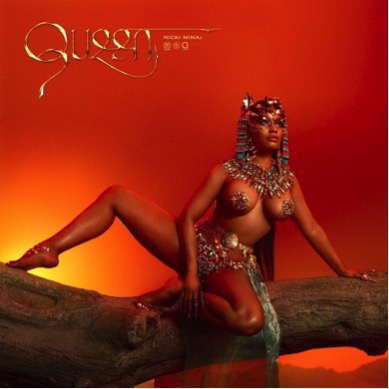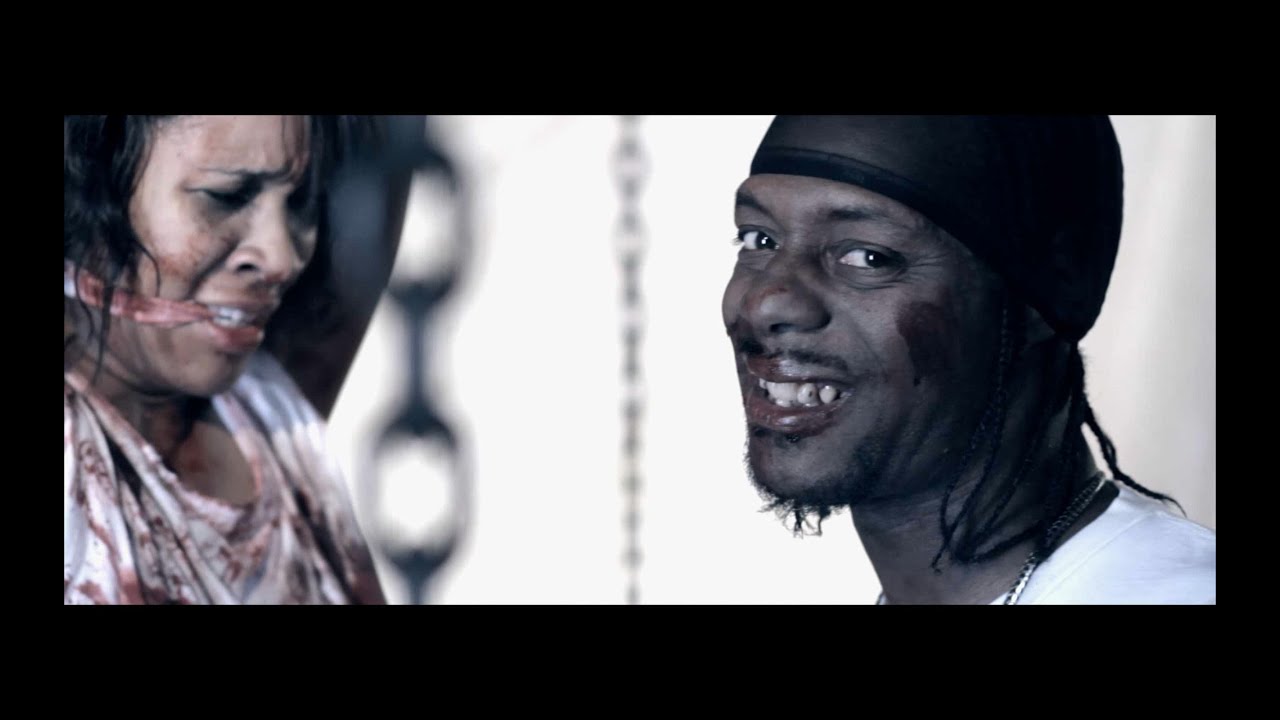Each and every day, the human population is exposed to and at times bombarded with expressions of contemporary artistry. Often, these patterns and paradigms, as well as their cultural significance, go unseen and unnoticed. This does not occur intentionally, but rather thoughtlessly, just as one flips through a multitude of radio programs or drives by a brightly painted wall of out of place lettering without pausing to consider the implications of the words that are being sung and spray-painted. Though there are many ways in which the worlds of art and crime intersect, this ignorance of the mundane is perhaps the one that is most tragically overlooked. However, this practice is not just committed by the unintentional actions of the common individual, but is also perpetuated by the conscious and intentional actions of major companies that are entrusted with bridging the gap between artists and the audience.
In order to demonstrate the ways in which this occurs, it is important to bring this analysis from the abstract and the general, to the specific and the personal. Artists, no matter what their discipline, often draw on their own personal experiences or the experiences of someone close to them. Tupac Shakur, whom many consider to be one of the greatest musicians of all time, often did this, and in doing so was able to create not just brand for himself, but real music that touched upon real and relevant topics. However, in the instance of Tupac’s song, “Brenda’s Got a Baby”, the story behind the song was not the only story. Rather, it was the reactions to the song and the events that inspired it that reveal the divide that exists between the realities of life and what is deemed appropriate to depict in popular culture.
Though not the most explicit or violent track on Tupac Shakur’s first album “2paclypse Now”, the story behind “Brenda’s Got a Baby” was raw and disturbing in a way that even his anti-police rhetoric wasn’t.
Inspired by a newspaper article that Shakur read, “Brenda’s Got a Baby” details the events surrounding a 12-year-old girl who became pregnant from her cousin and threw her baby in the trash. The song and the lyrics focus on analyzing Brenda and her personal experiences, but more than that, they are a critique of the social injustices and institutions that were in place that allowed for these events to transpire. He details how this affects not just Brenda and her baby, but the entire community in which she lives. In his descriptions, Tupac does not delicately expose how these actions play out, instead he uses rough, real, and raw imagery that reveals the harsh realities of child pregnancy and sexual abuse. Drawing from the real-life experiences of the girl who inspired the song, Shakur raps that, “How much the little baby had her eyes. Now the baby’s in the trash heap bawling”. Though it was perhaps not those specific words that triggered the reaction by the record companies, it was nonetheless this ballad of Brenda that almost stopped Tupac Shakur from not just being signed onto a label, but also from becoming a conduit for shedding light on social injustices.
Either unable or unwilling to be associated with the song, Interscope Records initially refused to sign Tupac Shakur as long as “Brenda’s Got a Baby” was a part of the album. It was not the songs that explicitly detailed the murder of a cop that rattled the record executives, but rather the description of an all too common cultural issue that affects young girls every day that had them halting production.
However, Shakur advocated for this song heavily, stating that he wouldn’t be signed without it. In detailing his reasons behind the song, Tupac stated that,
“When this song came out, no male rappers at all anywhere were talking about problems that females were having, number one. Number two, it talked about child molestation, it talked about families taking advantages of families, it talked about the effects of poverty, it talked about how one person’s problems can affect a whole community of people. It talked about how the innocent are the ones that get hurt. It talked about drugs, the abuse of drugs, broken families…how she couldn’t leave the baby, you know, the bond that a mother has with her baby and how…women need to be able to make a choice.”
With this song, Shakur was able to take a taboo topic that rarely appears in popular culture and turn it into a format that enabled the audience to understand the implications of people’s actions beyond just the scope of a brief news article.
Though Interscope did eventually sign Tupac and his full album, the only label willing to do so, the struggle that Shakur experienced in getting people to look beyond the borders that had previously encircled the genre of rap and hip hop (that old adage that, “violence, drugs, and sex sells”), reveal how some crimes in art are subtle yet highly impactful.
Since the release of “Brenda’s Got a Baby”, those borders surrounding hip/hop and rap music have expanded and allowed for more and more “taboo” subjects to appear in popular culture. Topics such as personal drug abuse and the danger of these addictions are common themes in many of Lil Wayne’s, MGK’s, and Hopsin’s tracks. Macklemore and Ryan Lewis have leaped these boundaries with songs focusing on LGBQT rights and exploitation by multinational corporations and major pharmaceutical companies. These efforts by individual artists as well as the collective whole of the rap industry are allowing for social issues and injustices to become a vital theme at the forefront of popular culture. “Brenda’s Got a Baby” helped pave the way for the emergence of this trend, and aided in minimizing the gap between between the articles one reads over breakfast, and the far-reaching tragedies of the people that exist behind the stories.




